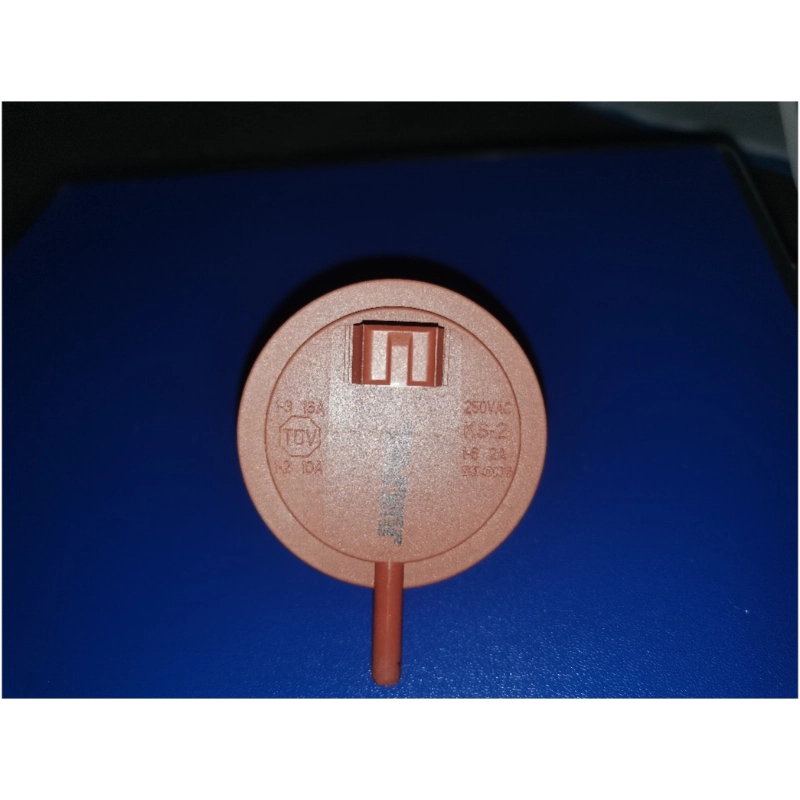When your washing machine is malfunctioning, especially when it comes to water level control, it can be frustrating. A faulty water level sensor is one of the most common causes of such issues. The water level sensor is an essential component of your washing machine, responsible for detecting and regulating the amount of water in the drum, ensuring that it neither overfills nor underfills.
Testing and troubleshooting a water level sensor may seem challenging, but with the right approach and tools, you can easily identify if the sensor is causing the problem. In this article, we will guide you through the process of testing a washing machine water level sensor step by step, ensuring you can pinpoint and resolve the issue quickly.

What Is a Washing Machine Water Level Sensor?
Before diving into the testing process, let’s first understand what a water level sensor is and how it works.
A washing machine water level sensor, sometimes referred to as a pressure switch, detects the water level inside the machine. The sensor uses a pressure mechanism to assess the water height. The washing machine relies on this sensor to regulate the water inflow, ensuring that the drum fills with the appropriate amount of water for the wash cycle. If the sensor malfunctions, the washing machine may either overflow with water or fail to fill up properly, leading to ineffective washing.
Symptoms of a Faulty Water Level Sensor
Before we get into the testing process, it's important to identify the signs of a malfunctioning water level sensor. Some common symptoms include:
- Water Overflows: If the washing machine is filling with water continuously or overflowing, it may be due to a faulty water level sensor.
- No Water Intake: If the washing machine isn't filling with water at all or takes too long to fill, the sensor could be at fault.
- Erratic Water Levels: If the water levels in the drum seem inconsistent or unpredictable, the water level sensor might not be working correctly.
- Error Codes: Modern washing machines may display error codes related to the water level sensor, which can be found in the user manual.
If you're experiencing any of these issues, it's time to test the water level sensor.
Tools You’ll Need to Test the Water Level Sensor
Before you start testing the water level sensor, make sure you have the following tools:
- Multimeter: A multimeter is essential for testing the electrical continuity of the sensor. This device helps check for continuity or electrical resistance in the sensor.
- Screwdriver: Depending on the model of your washing machine, you may need a screwdriver to remove the panels or access the sensor.
- User Manual: It’s always a good idea to refer to the manual to understand the exact location of the water level sensor in your washing machine model.
- Towels: Be sure to have towels on hand to clean up any water spills that may occur during the testing process.
Step-by-Step Guide to Testing the Washing Machine Water Level Sensor
Now that you’re equipped with the right tools, follow these steps to test the water level sensor.
Step 1: Unplug the Washing Machine
Safety is the first priority when working with electrical components. Before doing any work on your washing machine, make sure to unplug it from the power outlet to avoid any risk of electric shock.
Step 2: Locate the Water Level Sensor
The water level sensor is usually found near the bottom of the washing machine’s tub or within the control panel. Its exact location will depend on the make and model of your machine, so refer to your user manual for specific instructions.
In many cases, the water level sensor will be attached to a tube that leads to the pressure chamber. This tube helps monitor the pressure from the water inside the tub.
Step 3: Inspect the Sensor
Visually inspect the sensor for any signs of wear, damage, or blockage. Look for any cracked wires, disconnected parts, or debris that might be affecting its function. If you see any obvious damage, the sensor may need to be replaced.
Step 4: Disconnect the Sensor
Using a screwdriver, carefully detach the sensor from the machine. Depending on the type of washing machine, there might be screws that need to be unscrewed to remove the sensor. Make sure to handle the sensor gently to avoid causing further damage.
Step 5: Test Continuity with a Multimeter
With the sensor disconnected, you can now test its continuity using a multimeter. Set your multimeter to the resistance (ohms) setting. Place one probe on each of the sensor's terminals and check for resistance.
- If the sensor is working correctly, you should see a reading indicating continuity or low resistance when the sensor is at the correct water level.
- If the multimeter shows no reading or infinite resistance, the sensor is likely faulty and needs to be replaced.
Step 6: Test the Pressure Tube
In addition to testing the sensor itself, it’s important to check the pressure tube that leads to the sensor. A clogged or kinked tube can cause the sensor to fail to detect the correct water level. Inspect the tube carefully for any blockages or damage. Use compressed air to clear any debris or gently straighten the tube if it’s kinked.
Step 7: Reconnect and Test the Machine
Once you’ve tested the sensor and pressure tube, reconnect the sensor to its original position. Plug the washing machine back in and run a short cycle to check if the water level is being correctly regulated.
If the machine fills with the appropriate amount of water and completes the cycle without any issues, the sensor is functioning properly. If the problem persists, you may need to replace the sensor.
How to Replace a Faulty Water Level Sensor
If you determine that the water level sensor is faulty, it’s relatively simple to replace it. You can order a replacement part online or contact the manufacturer. Here’s how to replace it:
- Order the Right Part: Make sure you order the correct water level sensor for your washing machine model.
- Remove the Faulty Sensor: Follow the same steps to disconnect the sensor from the machine.
- Install the New Sensor: Connect the new sensor and reassemble the washing machine.
- Test the Machine: Run a test cycle to ensure the new sensor is working correctly.
If you’re in need of a reliable replacement water level sensor, Link-machinery offers high-quality sensors to keep your washing machine running smoothly. Whether you're looking for a part to repair a malfunction or simply need to replace an old sensor, our sensors are designed to meet industry standards and provide long-lasting performance.
For more information or to place an order, visit Link-machinery and ensure your washing machine continues to operate efficiently!

Conclusion
Testing and troubleshooting your washing machine’s water level sensor is a crucial part of maintaining the machine and ensuring it runs efficiently. If your washing machine is not filling with water properly, or if it is overflowing, the water level sensor is likely the cause.
By following this step-by-step guide, you can test the sensor yourself and determine whether it needs to be repaired or replaced. Regular maintenance and prompt attention to sensor issues will extend the life of your washing machine and help you avoid costly repairs down the line.
If you’re unsure about the testing process or the sensor replacement, don't hesitate to contact a professional technician to assist you.

